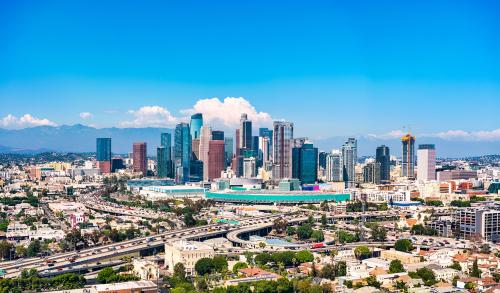The Brookings Institution is committed to quality, independence, and impact.
We are supported by a diverse array of funders. In line with our values and policies, each Brookings publication represents the sole views of its author(s).

Research
BPEA | 2003 No. 2
2003, No. 2
Will potential output grow in the future at a 4 percent annual rate, as
several of the more optimistic business economists assume, or at the
pathetic 1.8 percent annual rate assumed into the distant future by the
trustees of the Social Security Administration?1 Put differently, will real
GDP in seventy-five years be 20 times its current level or a mere
31_2 times? Academic research on future supply-side issues has focused
mainly on the causes of the post-1995 productivity growth revival, but the
growth rate of potential output is of independent interest. Variations in
four factors—population growth, labor force participation, the unemployment
rate, and hours worked per employee—can create significant differences
between the long-run path of potential output and that of trend
productivity growth. These differences matter for numerous issues, including long-run fiscal policy, the solvency of entitlement programs, the
balance of world saving and investment, and the role of the United States
as an engine of growth for the rest of the world.